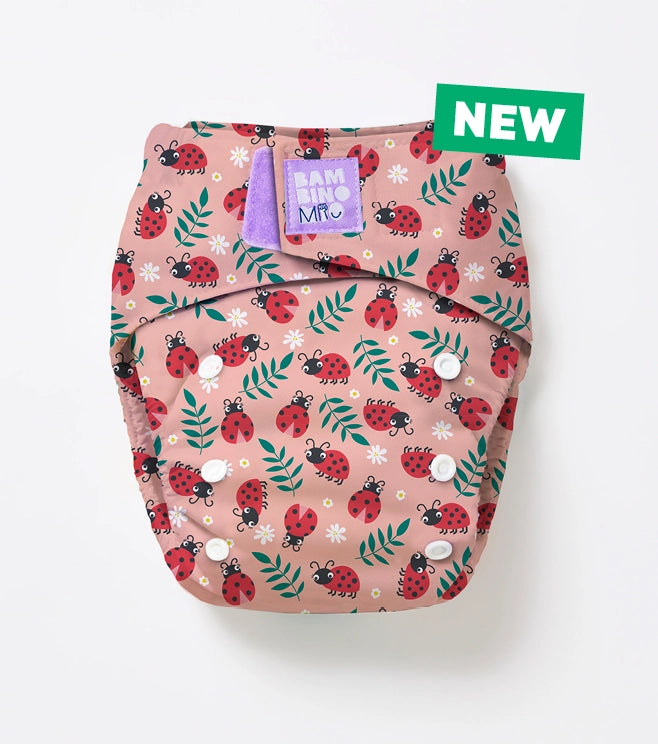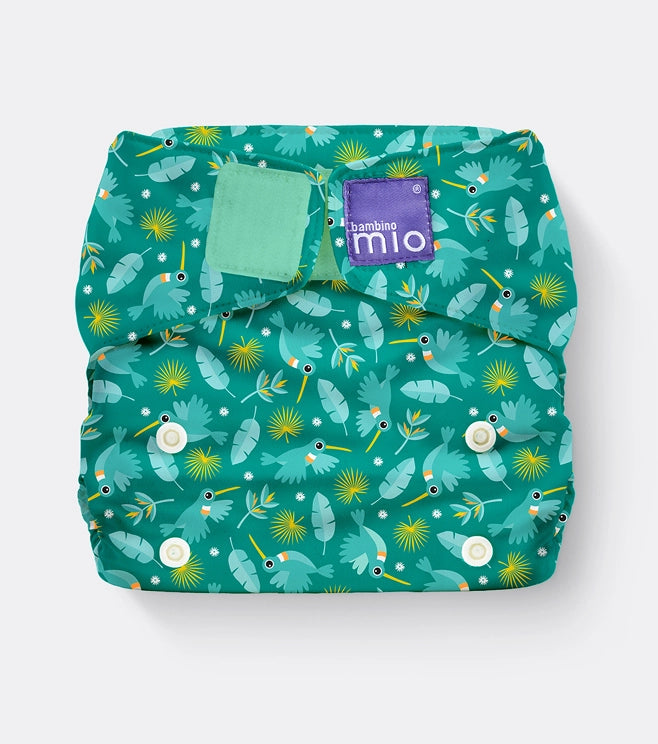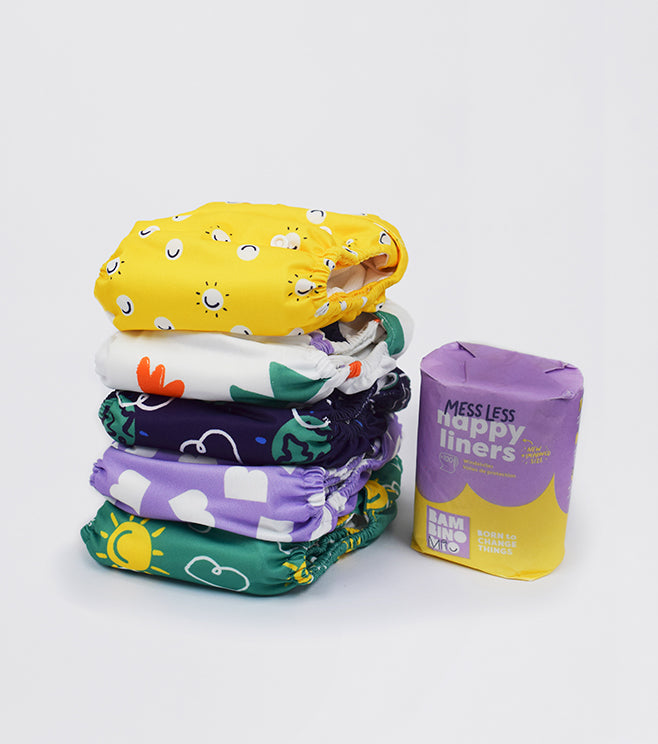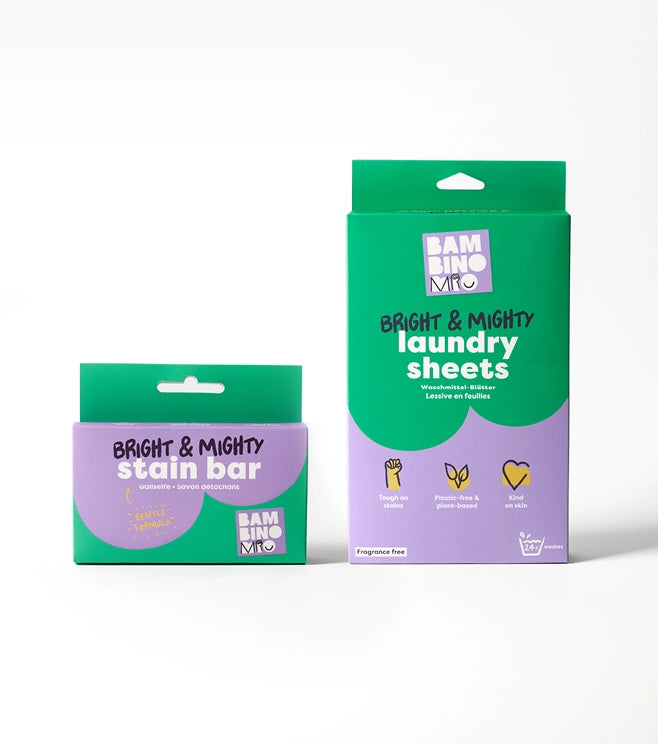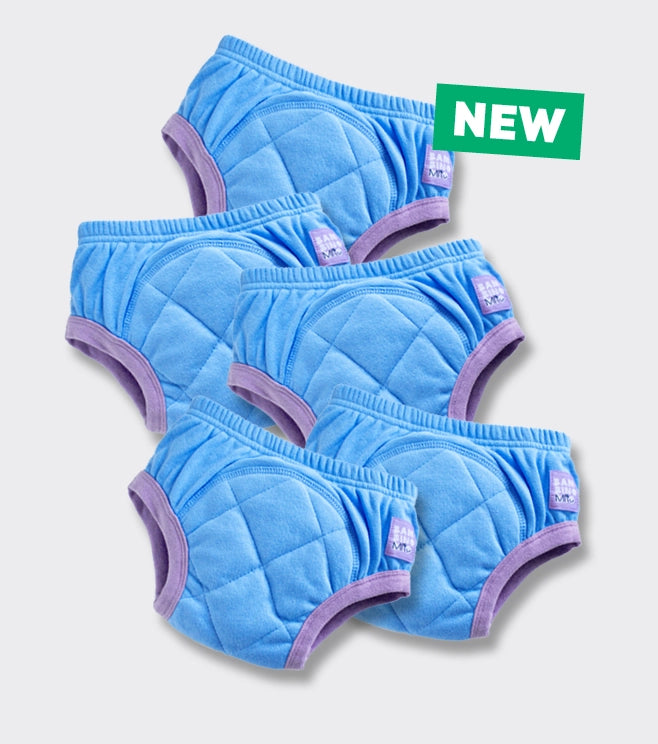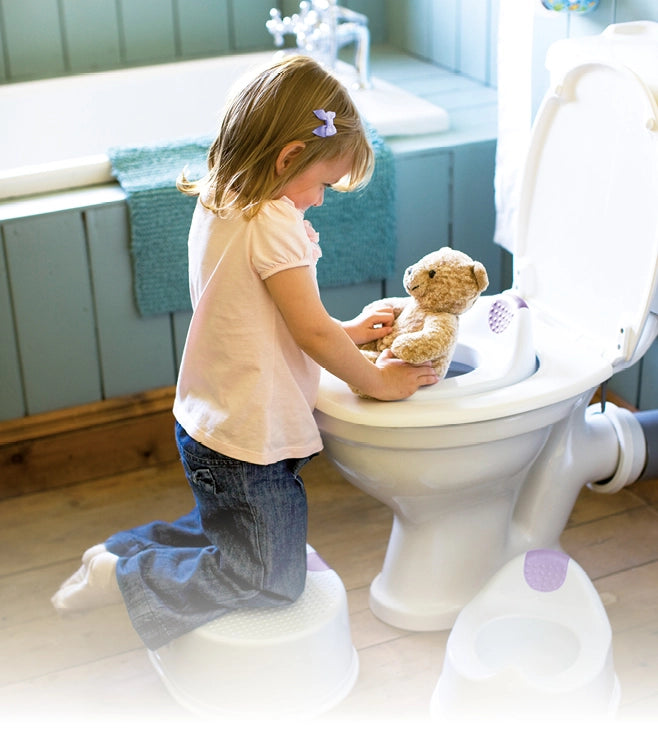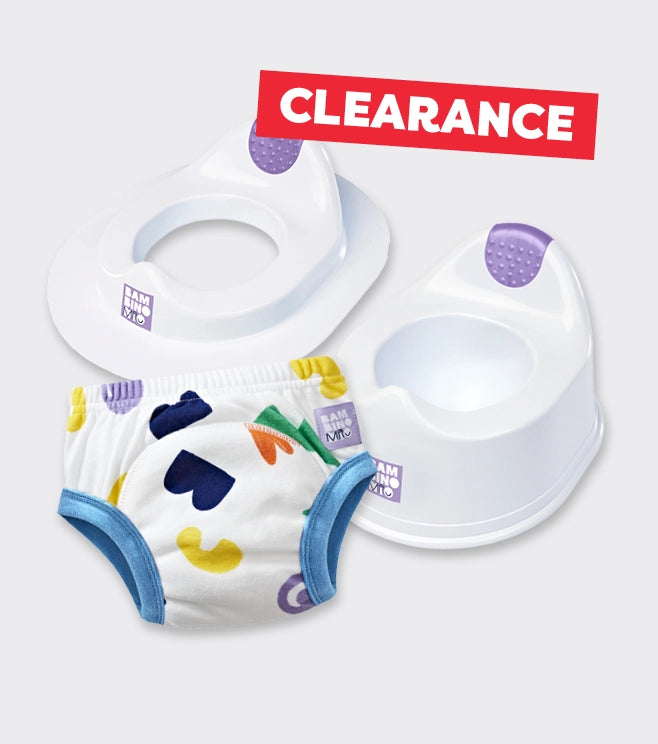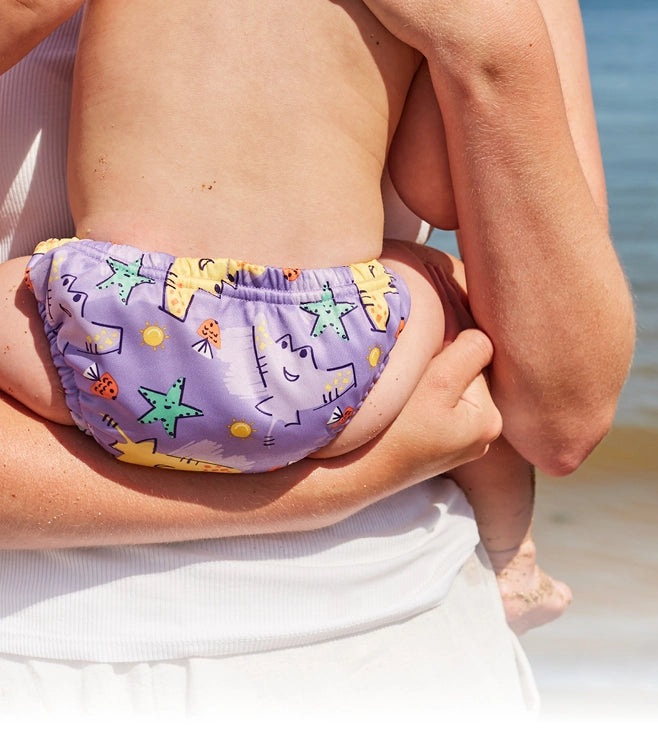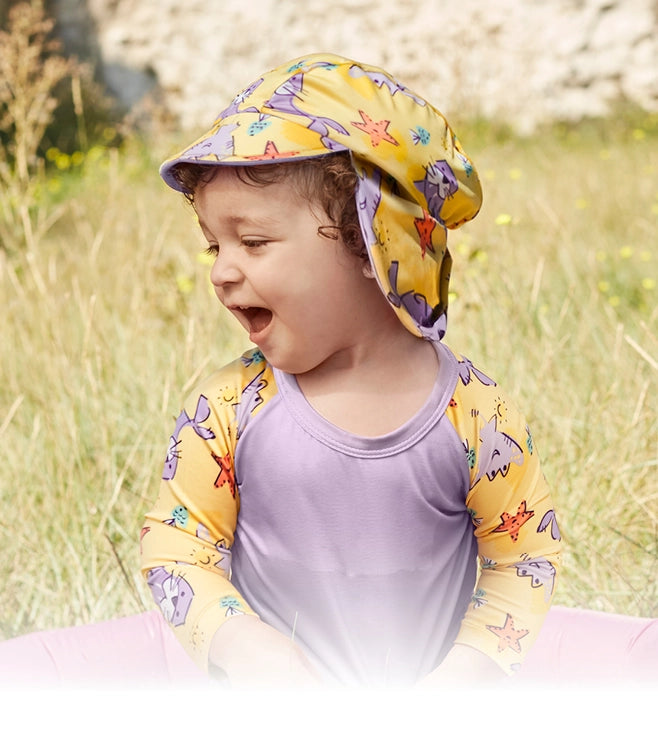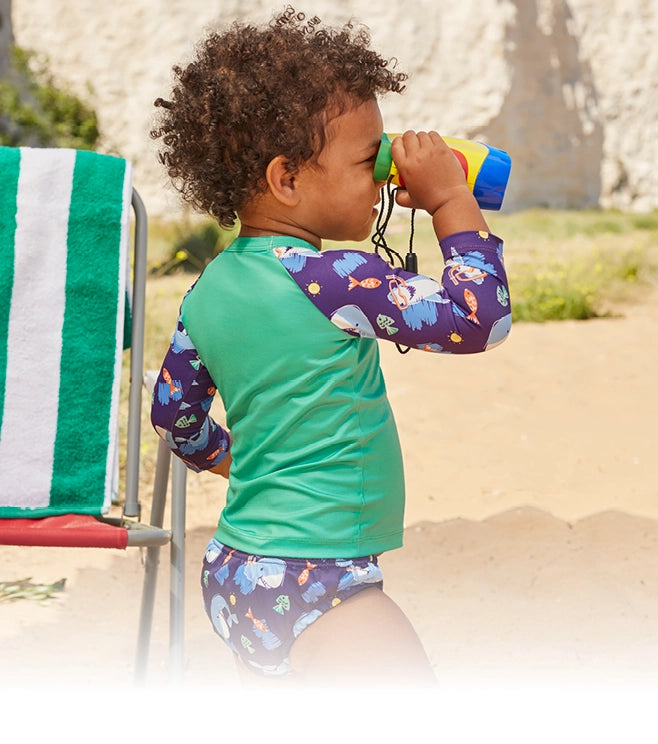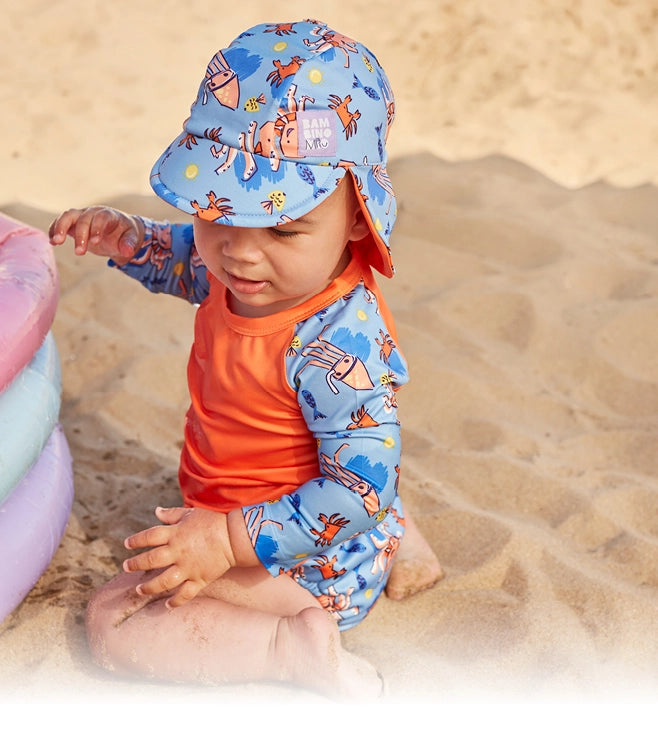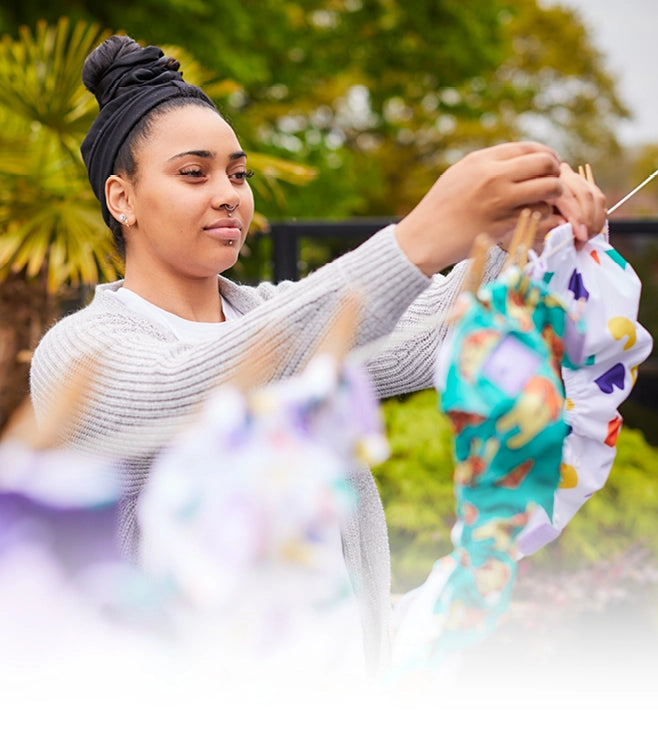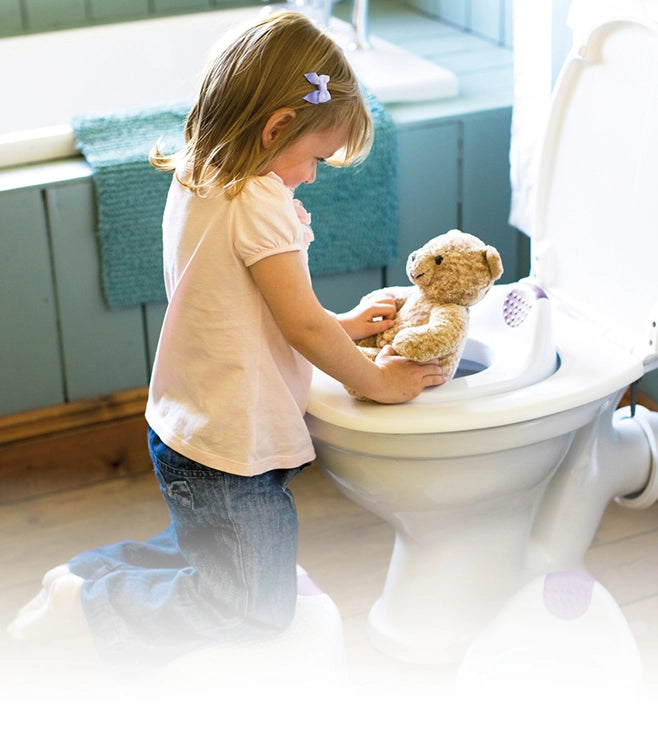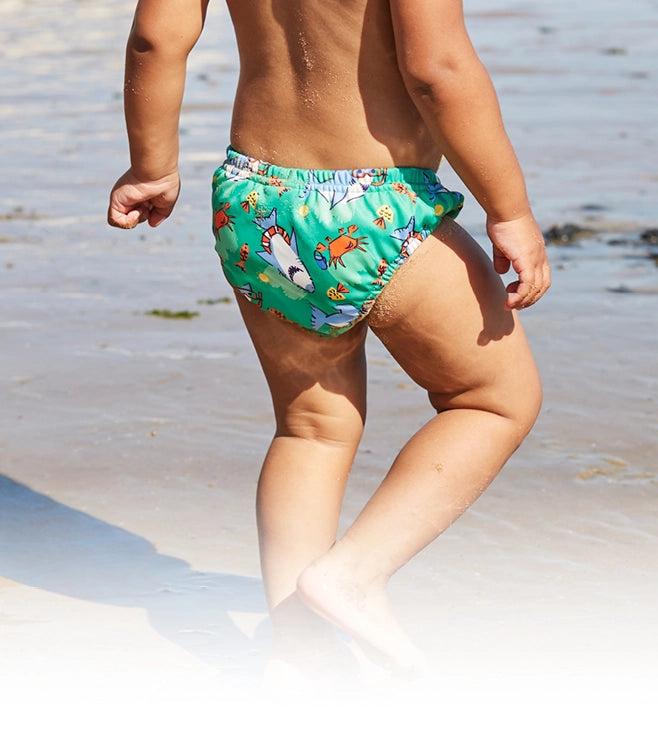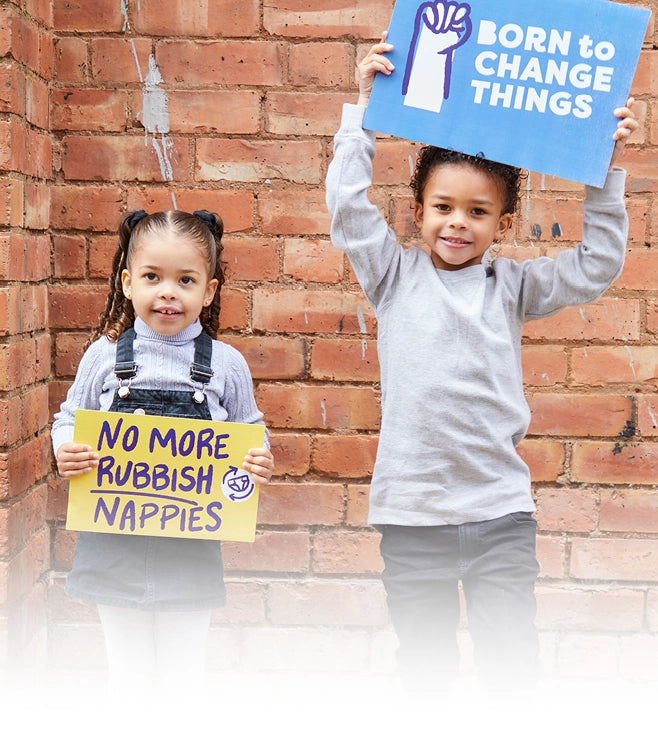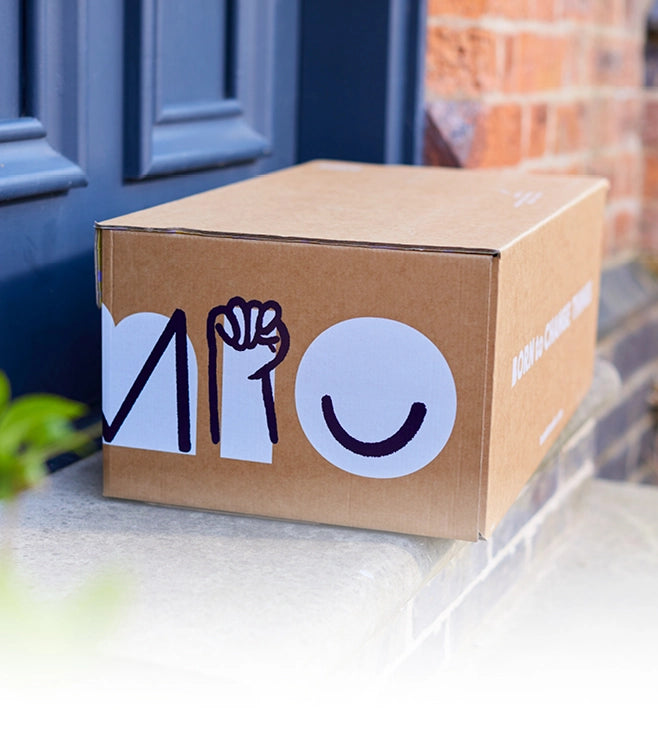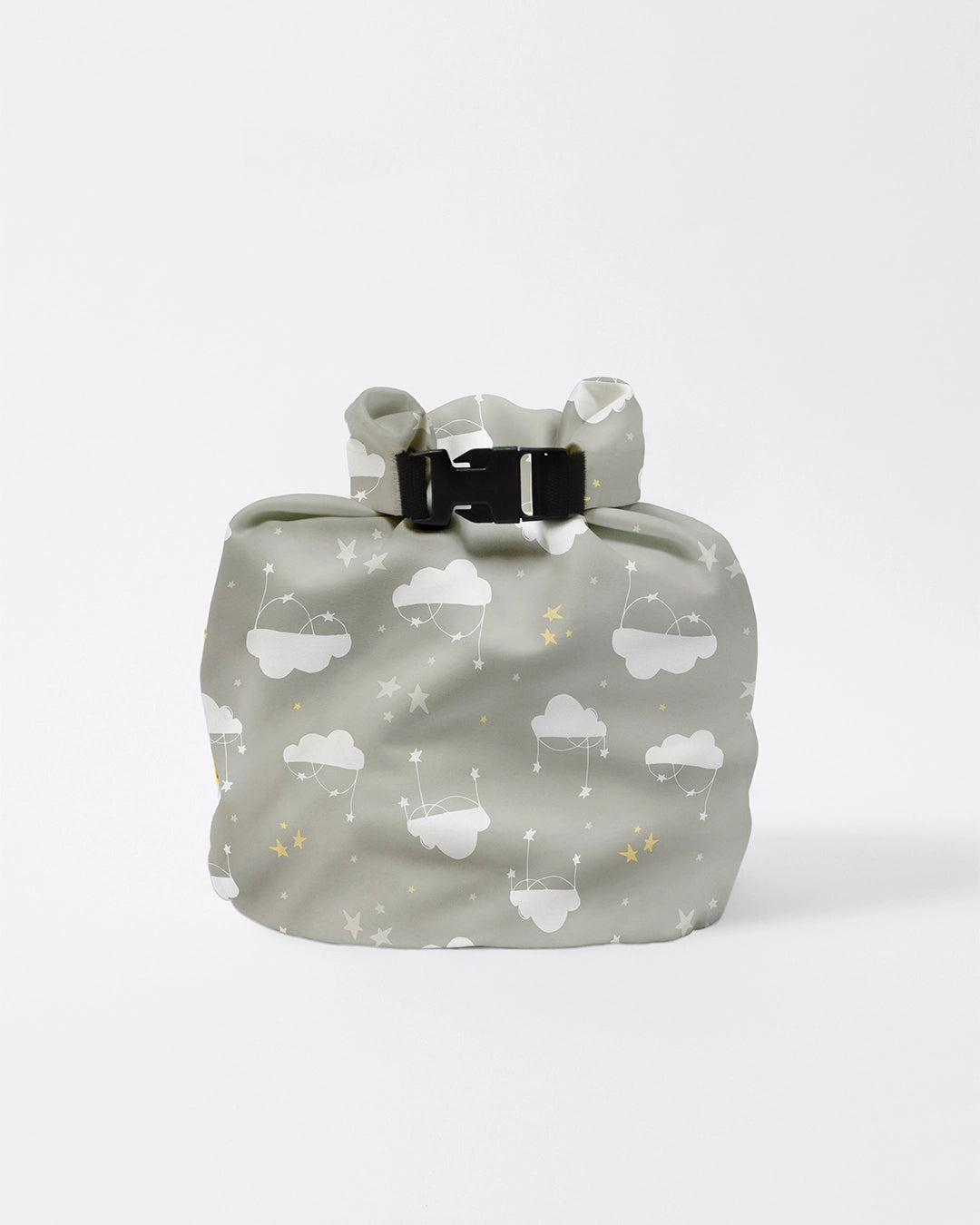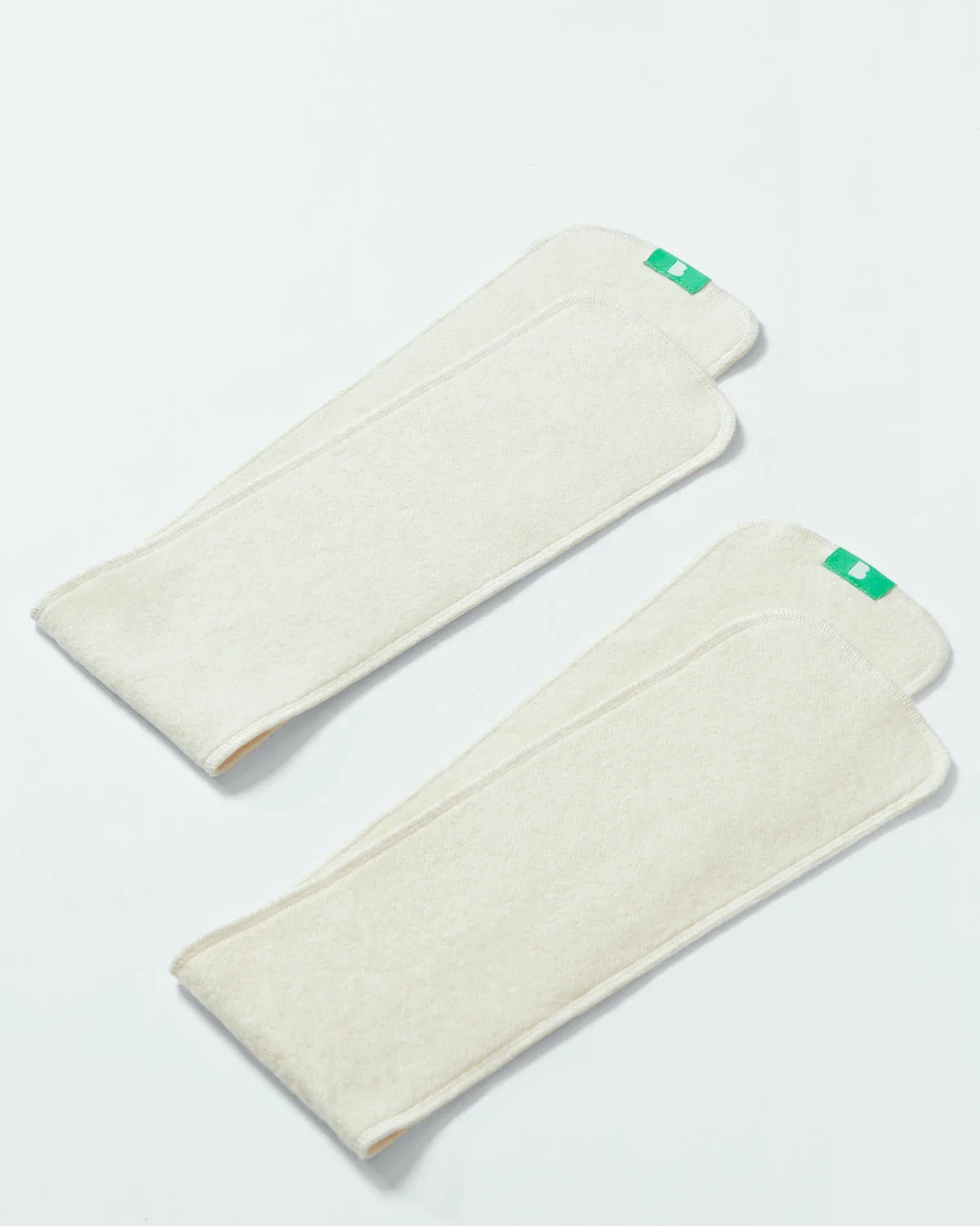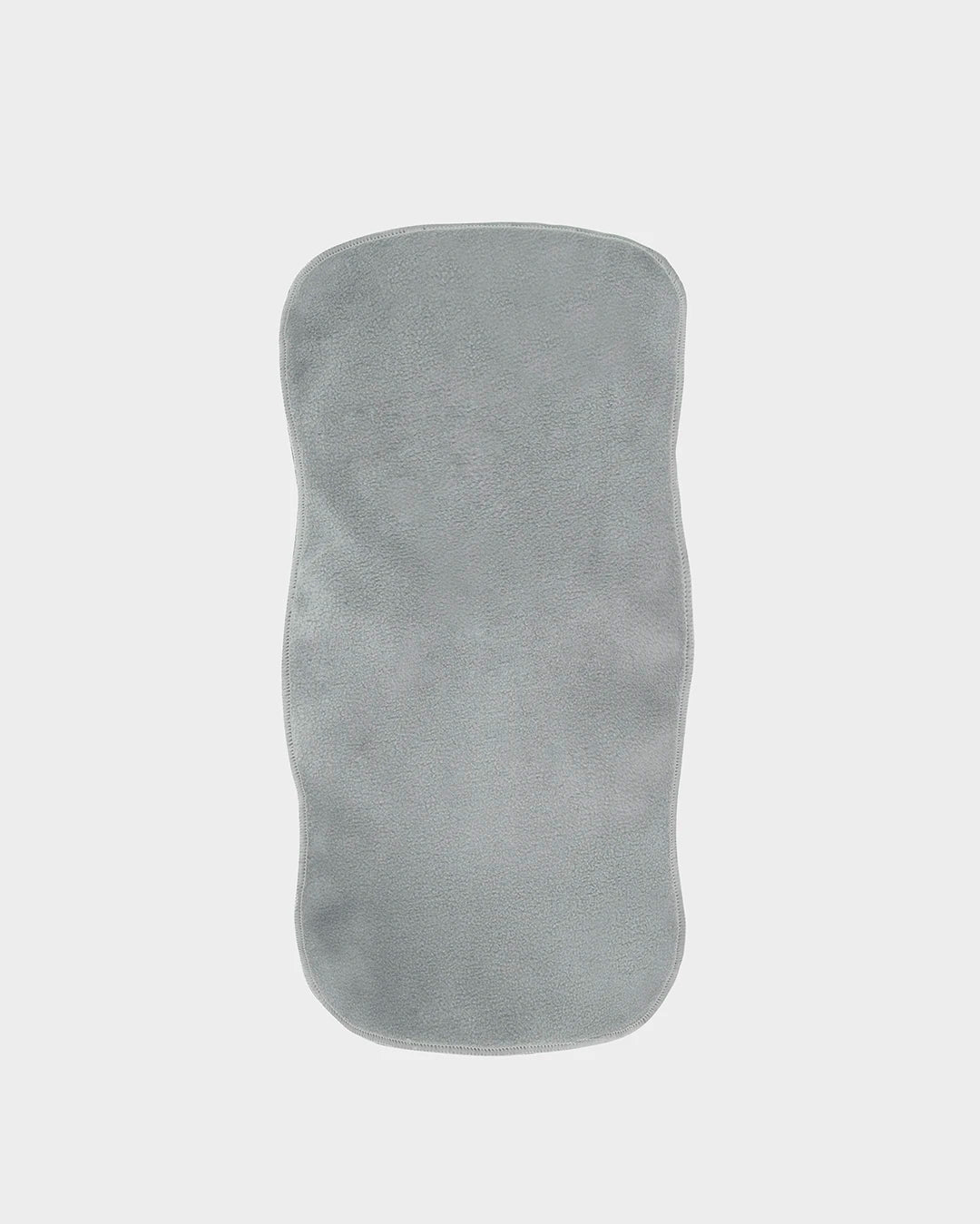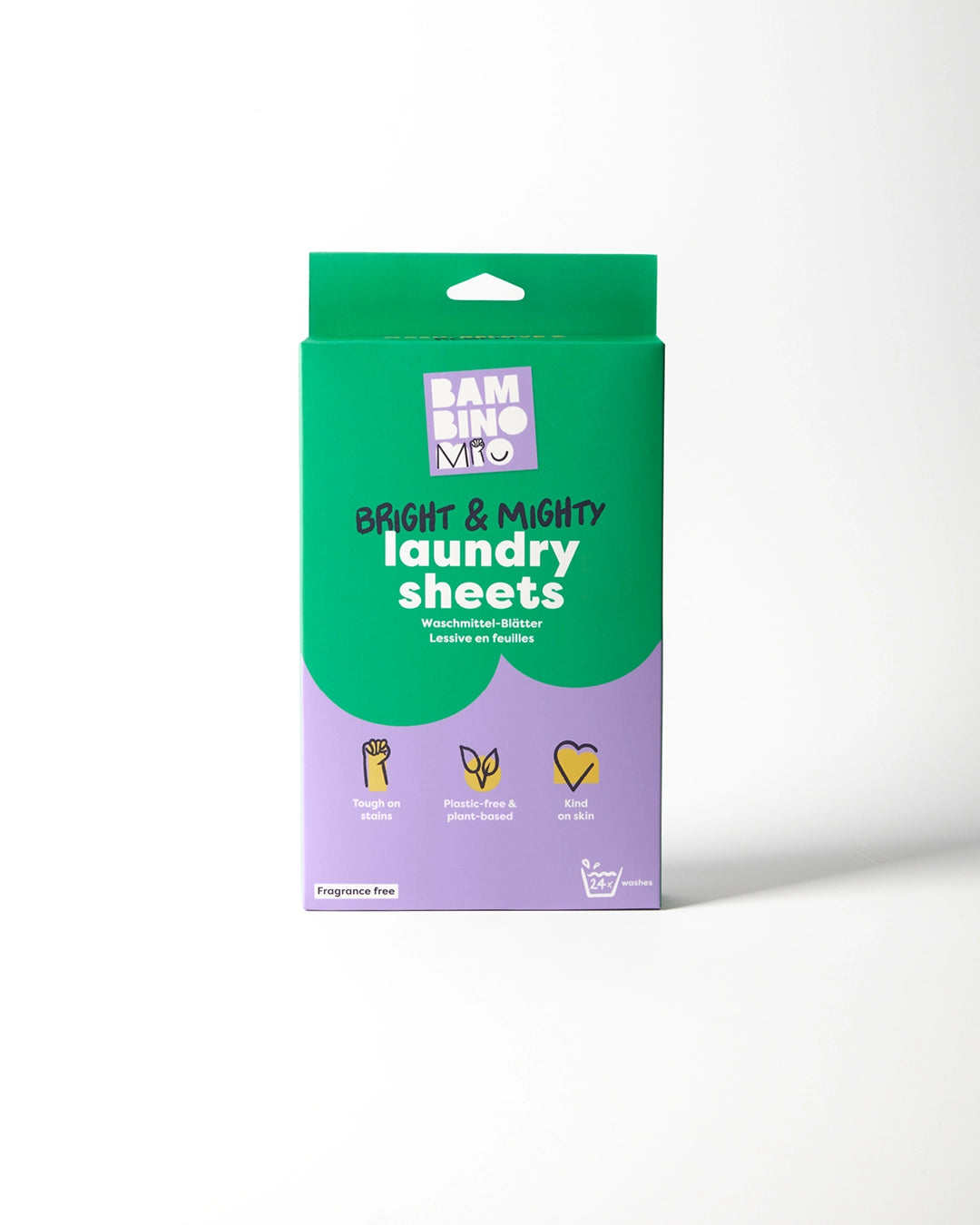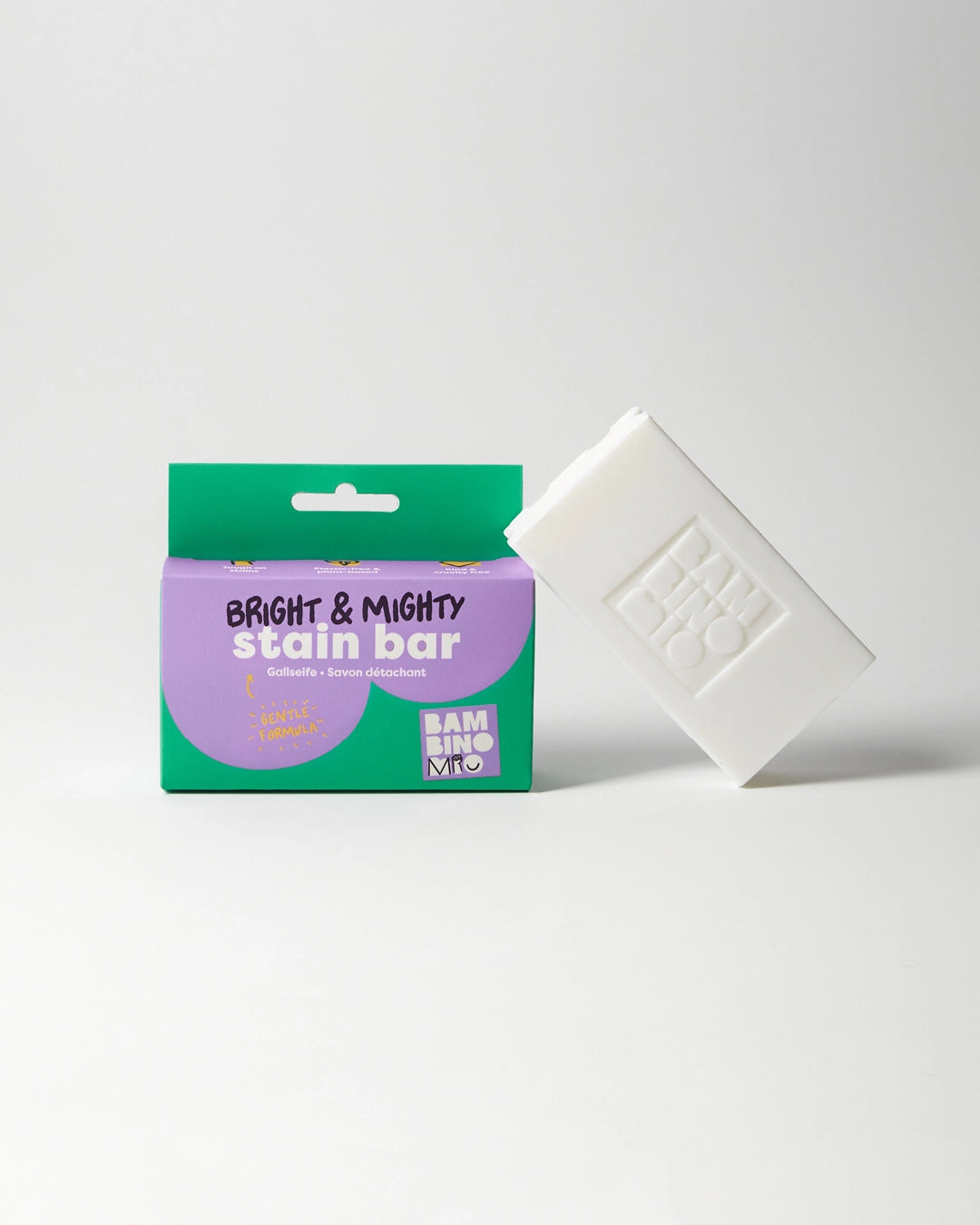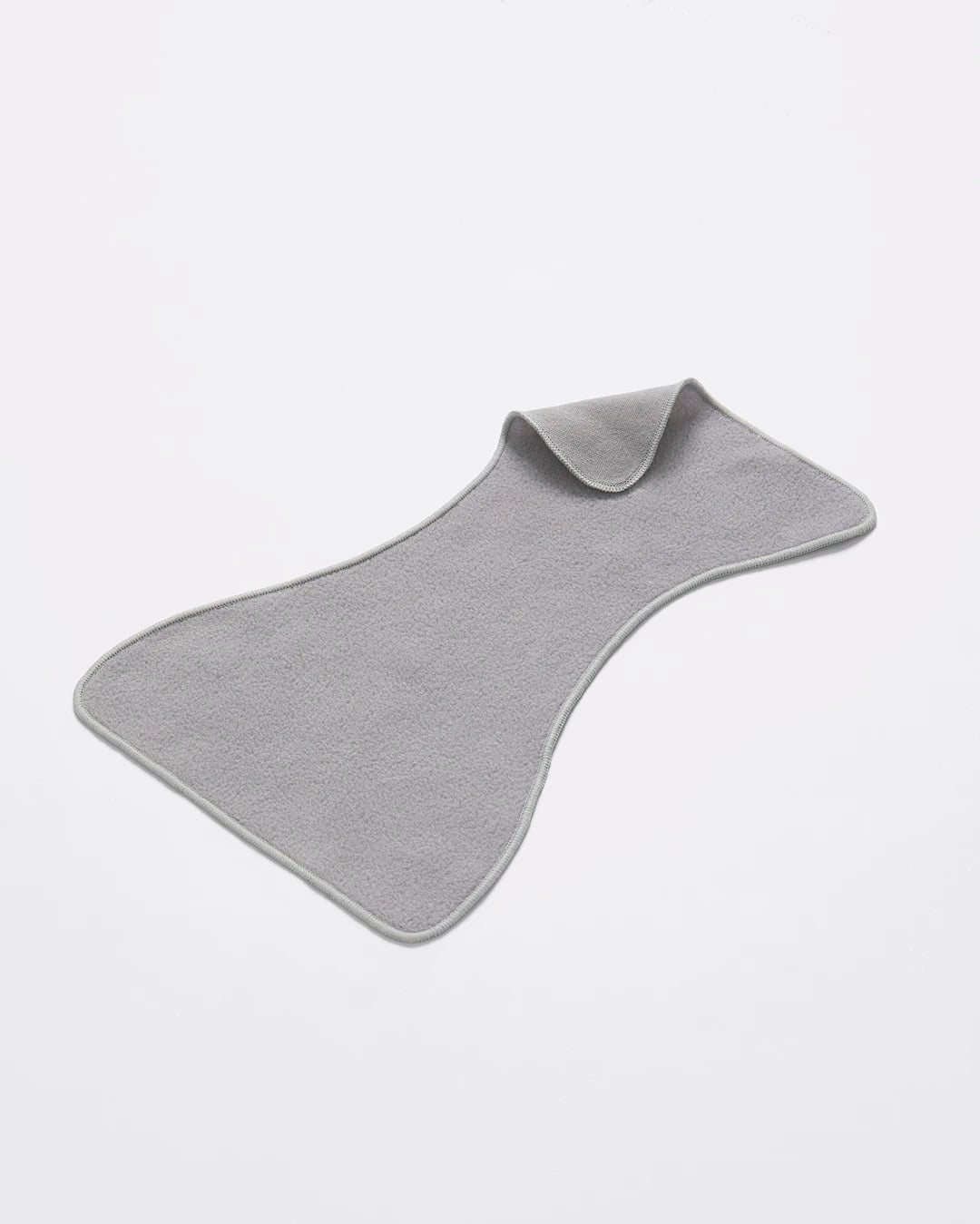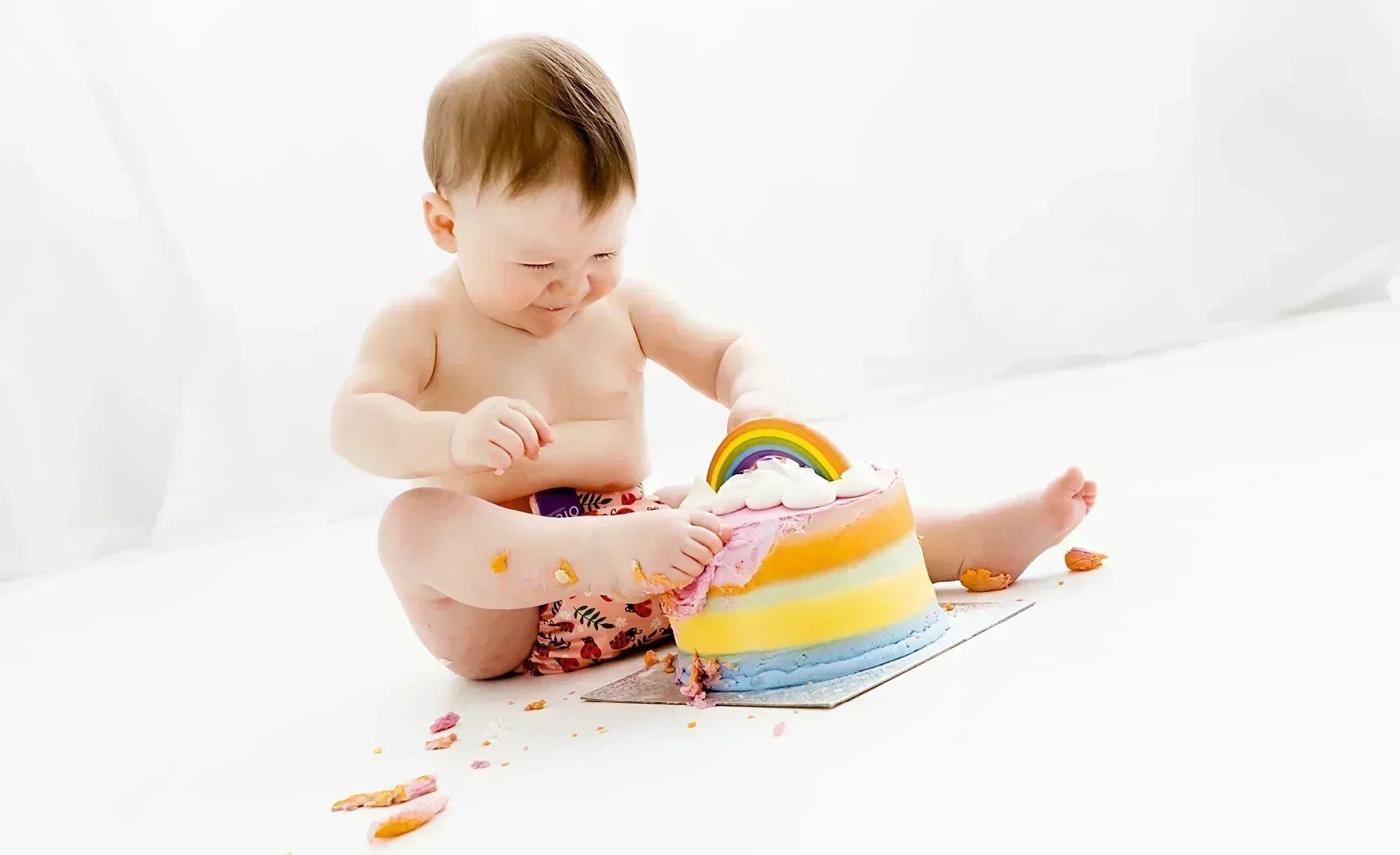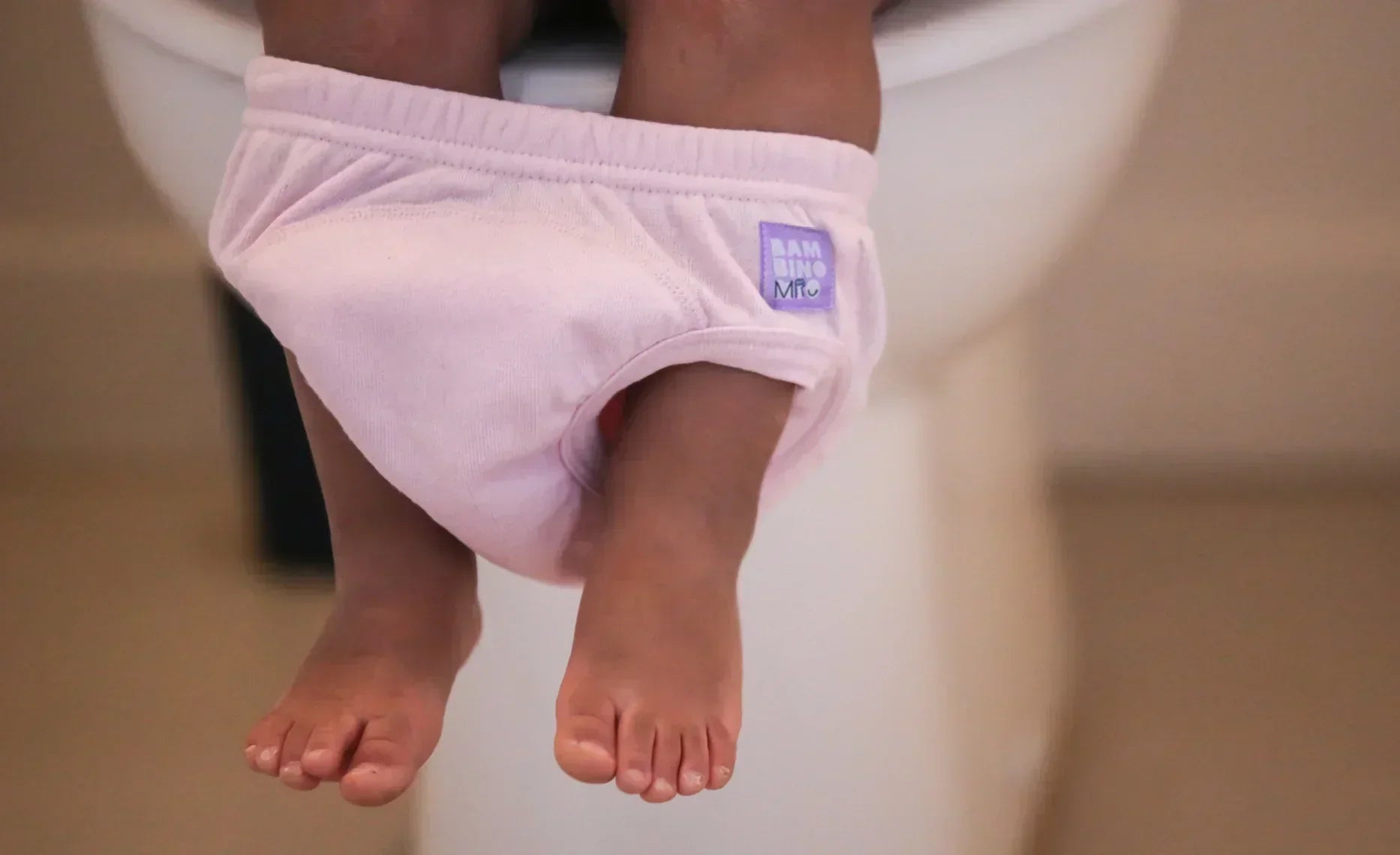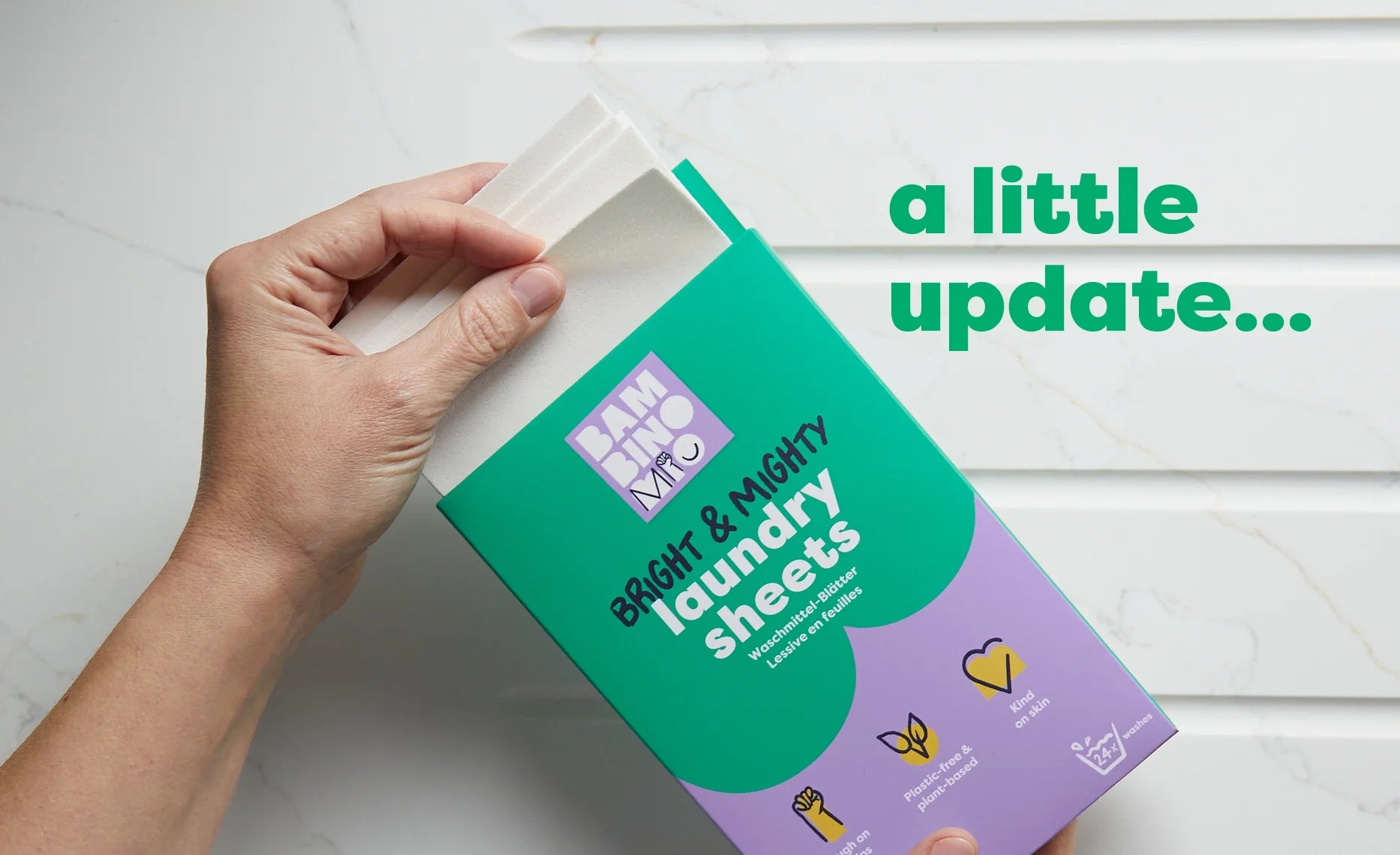Understanding & Combating Postpartum Hair Loss
Share Options
- Bambino Mio
- 09 / 05 / 2023
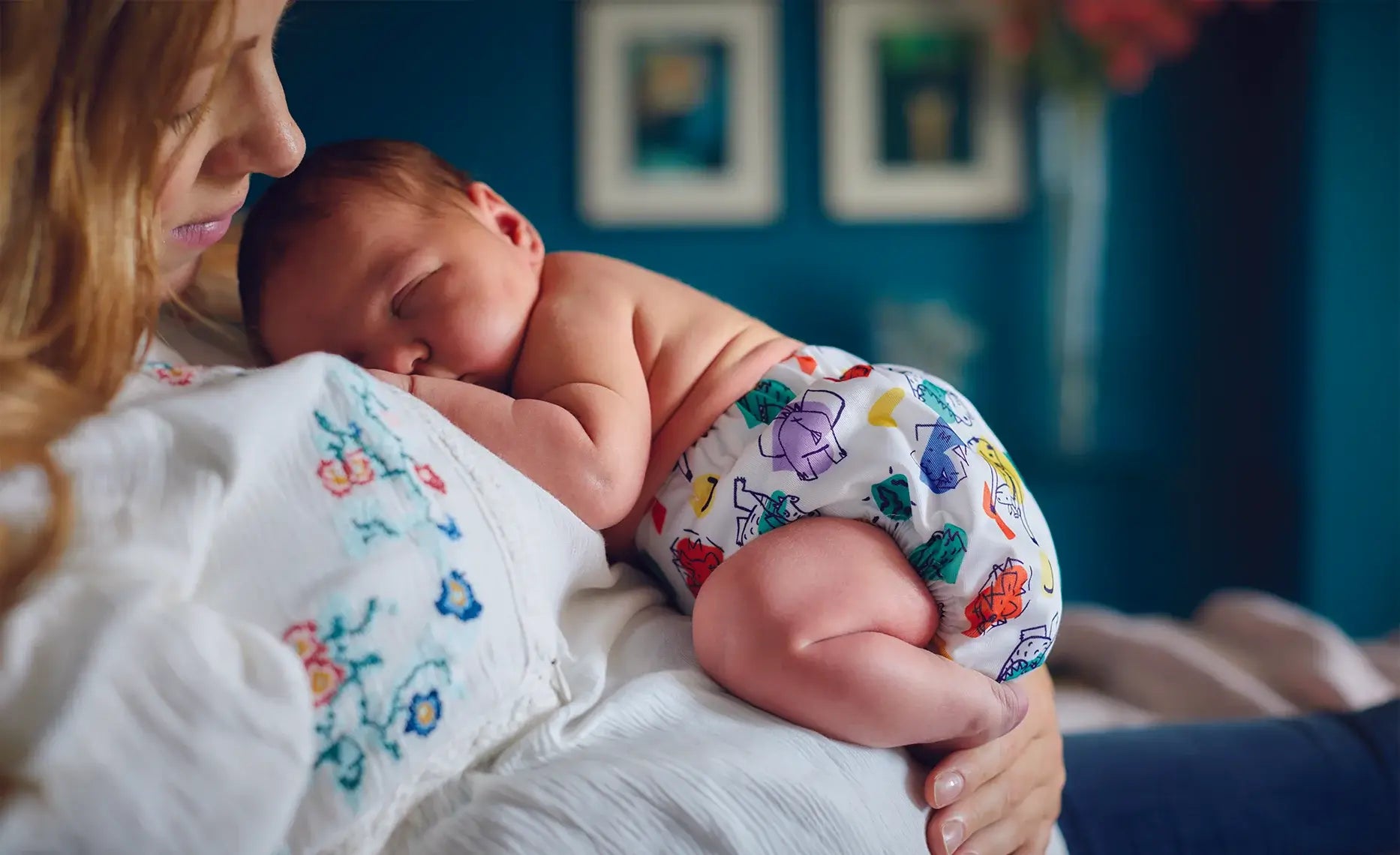
Inside this Article:
When you’re pregnant, your hair growth will probably increase as a result of the extra oestrogen in your body and you may notice that your hair during pregnancy is thicker, fuller and more lustrous than usual.
After you’ve had your baby, however, your oestrogen levels return to pre-pregnancy levels and you might find that you lose more hair than usual each day. This is mostly due to your body shedding some or all of the extra hair that grew while you were pregnant.
This period of extra hair loss tends to start around two to three months after you’ve given birth and can carry on for around three months. It is quite normal and almost always stops after three or four months, with most women back to their normal shedding rate (between 30 and 150 hairs per day) by their baby's first birthday.
How common is postpartum hair loss?
Postpartum hair loss, or hair loss after you’ve had a baby, is very common indeed, with around 40% of new mums experiencing some extra daily shedding. This figure might actually be higher, but for some women the extra loss is so slight that they may not notice.
What actually causes postnatal hair loss?
Those good old pregnancy hormones! Pregnancy and birth involve a rollercoaster ride for your hormones and after giving birth your oestrogen levels take a nosedive from their third trimester highs.
All that extra oestrogen “tells” your hair to stay in the growth phase (also known as the anagen phase) so your hairs build up in number. Once the oestrogen levels fall, your hair goes into the shedding, or telogen, phase and you’ll notice more hair in your brush or your pillow than normal.
Dealing with postpartum hair loss
Telogen effluvium, to give excessive hair shedding its scientific name, is a perfectly normal part of your body’s return to its pre-pregnancy state. Of course, it can be upsetting to see lots of hair in your shower drain, but it is part of a natural cycle as your hormone levels stabilise and you shouldn't need treatment for postpartum hair loss.
You can help your body and mind - and your hair - to stay healthy by making a few adjustments to your daily routine so you feel better about the changes your body and feelings are going through in your postpartum period.
Maintain a healthy and varied diet for your postnatal hair
Once the excessive loss phase is over, your normal hair growth cycle will resume and so providing your roots and hair follicles with plenty of vitamin D, zinc and selenium, as well as iron and omega 3, will ensure the new hair is in great shape.
Change your hair care routine
Many women opt for an easy-to-care-for style after having a baby and this can help to disguise the fact that your hair might be a bit thinner than it was before you had your baby. Many hairstylists are trained to work with postpartum hair, so don’t worry about asking for a bit of help.
You should also avoid pulling your hair into tight buns and ponytails or using straighteners for a few months as this can increase the rate of hair loss.
If you’re really worried about postpartum hair loss, see your GP
Almost all women with postpartum hair loss find it resolves itself in a few months, but if you think this isn’t happening for you, then speak to your GP as there may be other issues causing it.


